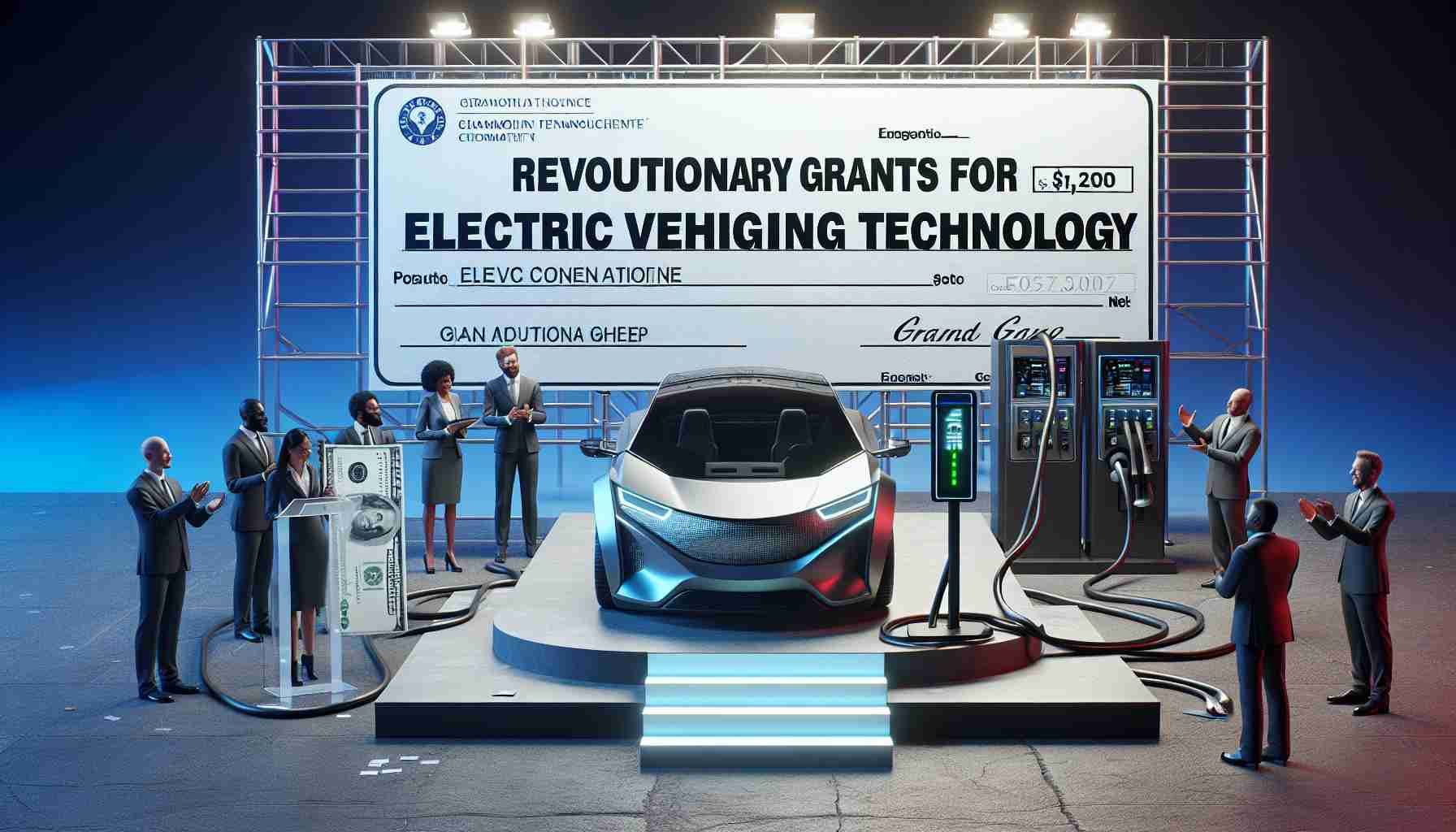Exploring New Frontiers in Physics
Albert Einstein’s groundbreaking theory of General Relativity reshaped our understanding of gravity, presenting it as the bending of spacetime. Despite this theoretical milestone, scientists face significant hurdles in merging General Relativity with quantum mechanics. Current theories, particularly string theory, struggle to solve cosmic enigmas like black holes and the origins of the Big Bang.
Historically, quantum mechanics emerged unexpectedly through experiments, highlighting the unpredictable nature of scientific discovery. This unpredictability suggests that similar breakthroughs may be needed to address quantum gravity, potentially through innovative experimental avenues.
One promising direction involves investigating the nature of dark energy, the mysterious force propelling the universe’s expansion. Researchers can analyze cosmic evolution or conduct experiments that disturb the vacuum state to gain insights into this area. Another exciting possibility lies in detecting a gravitational wave background reminiscent of the cosmic microwave background, which could constrain existing quantum gravity theories.
Moreover, exploring the existence of mini black holes or unexpected phenomena like white holes could illuminate the connections between gravity and quantum mechanics. Even the hypothetical interaction with advanced extraterrestrial technologies might offer a valuable shortcut to understanding quantum gravity, potentially revealing answers regarding our universe’s inception and unlocking a new chapter in both science and philosophy.
As we embark on this journey, the frontiers of physics beckon with the promise of profound discoveries.
Unraveling the Mysteries: The Future of Physics Exploration
The realm of physics is on the brink of revolutionary breakthroughs as researchers endeavor to reconcile two of the most formidable theories in science: General Relativity and quantum mechanics. The integration of these theories could redefine our understanding of the universe and address long-standing cosmic questions.
### Current Trends in Physics Research
The quest for unifying the concepts of gravity and quantum mechanics has led to exciting developments:
#### 1. **Quantum Gravity and Experimental Approaches**
– Recent advancements include devising experiments aimed at probing quantum gravity. Innovative techniques such as using ultracold atoms and high-energy particle colliders are becoming pivotal in testing theories that could unify quantum mechanics with General Relativity.
#### 2. **Investigating Dark Energy**
– Dark energy remains a central focus, with research delving into its role in the accelerated expansion of the universe. Experiments like the Dark Energy Survey are crucial in mapping the distribution of galaxies to better understand its properties and effects.
#### 3. **Gravitational Waves Discovery**
– The detection of gravitational waves, announced in 2015, opened new observational windows. Future missions like the Laser Interferometer Space Antenna (LISA) aim to detect gravitational waves from black holes and neutron stars, potentially unraveling more about quantum gravity.
### Features of Emerging Theories
Innovations in theoretical physics continue to explore the following features:
– **String Theory**: Despite its challenges, string theory offers intriguing possibilities about the fundamental structure of the universe, suggesting that the building blocks of matter are one-dimensional strings rather than point particles.
– **Loop Quantum Gravity**: This approach proposes a quantized structure of spacetime, presenting a fresh perspective on cosmic phenomena and suggesting that space is made of discrete units.
### Use Cases and Practical Applications
Insights gained from exploring quantum mechanics and gravity have practical applications that stretch beyond theoretical interest:
– **Quantum Computing**: Applications in coding, encryption, and material science emerge as a result of advancements in quantum theory. Understanding quantum gravity could lead to breakthroughs in developing secure communication systems.
– **Astrophysics and Cosmology**: Improved models of galaxies and the universe’s fate are expected from integrated theories, aiding in predictive models for cosmological phenomena.
### Limitations and Challenges
While progress is promising, significant hurdles remain:
– **Technological Barriers**: Current scientific equipment may not have the resolution or sensitivity required to test certain theories directly.
– **Theoretical Discrepancies**: Reconciling the predictions of quantum mechanics with the geometric nature of General Relativity continues to be a substantial challenge.
### Future Predictions and Insights
As we look towards the future, several predictions can be made:
– **Increased Collaboration in Research**: Interdisciplinary partnerships among physicists, mathematicians, and engineers are likely to foster innovative approaches and solutions.
– **Sustainable Research Practices**: As scientific research expands, a focus on sustainability will be critical, from energy-efficient technologies in labs to methods for reducing the ecological footprint of large-scale experiments.
### Conclusion
The exploration of new frontiers in physics promises not only to enlighten our comprehension of the cosmos but also to equip us with transformative technologies that can benefit humanity. The synergy between theoretical advancements and experimental verification remains crucial as scientists forge ahead in tackling these profound questions that lie at the intersection of gravity and quantum mechanics.
For further insights into the evolving landscape of physics, check out Physics Today.















